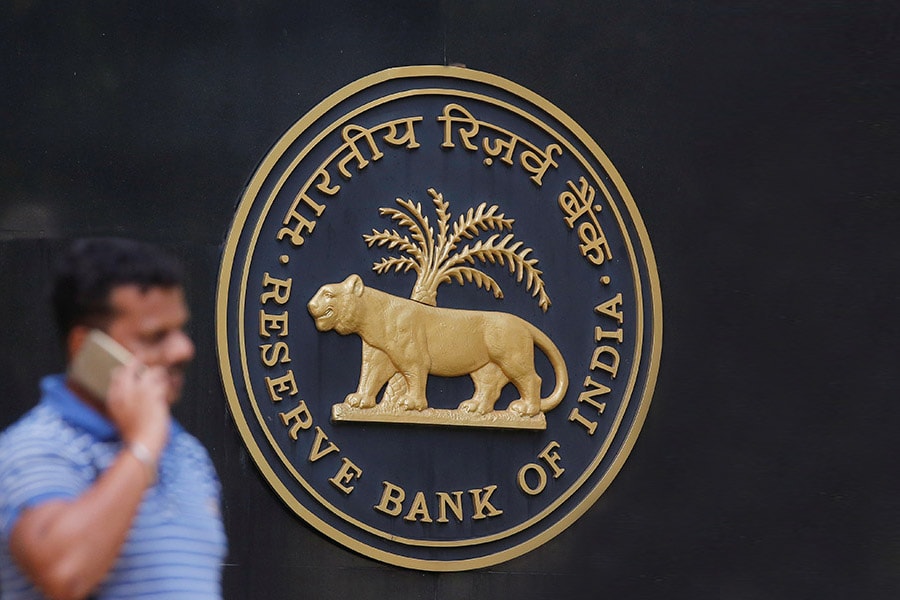
SC quashes RBI bad loans note; central bank position "undermined", say analysts
RBI will now have to come up with a new framework to resolve such cases
 Image: Sailesh Andrade/ Reuters
Image: Sailesh Andrade/ ReutersThe Supreme Court of India came down hard against the Reserve Bank of India, calling a February 12, 2018 circular relating to loan repayment of stressed assets, as “ultra vires”. This move clearly undermines RBI’s position relating to resolution of such cases and it will now need to come up with a fresh method of restructuring such cases of bad loans, experts said.
Considering that this circular has been quashed, all future proceedings, including insolvency proceedings, stand to be quashed.
According to the circular, bankers had to classify a loan account above Rs 2,000 crore to the National Company Law Tribunal or the bankruptcy court if it was not resolved within 180 days of default.
ICRA in its earlier reports has said that the total estimated debt impacted due to the RBI circular was Rs 3.8 lakh crore across 70 large companies. About 54 percent of these are power companies, 19 percent are EPCs (engineering, procurement and construction), 7 percent telecom, 3 percent roads while the balance included sugar, fertiliser and aviation companies.
Power companies had particularly come under pressure to try and resolve bad debts and 34 companies had appealed against the RBI’s circular through industry bodies, the Independent Power Producers Association of India (IPPAI) and the Association of Power Producers (APP).
Power companies have argued that they were not willful defaulters and said that the stress was due to external factors. The argument power companies have presented is that distressed discoms (distribution companies) have not been able to pay them, which thus had put pressure on the latter to pay up the banks.





